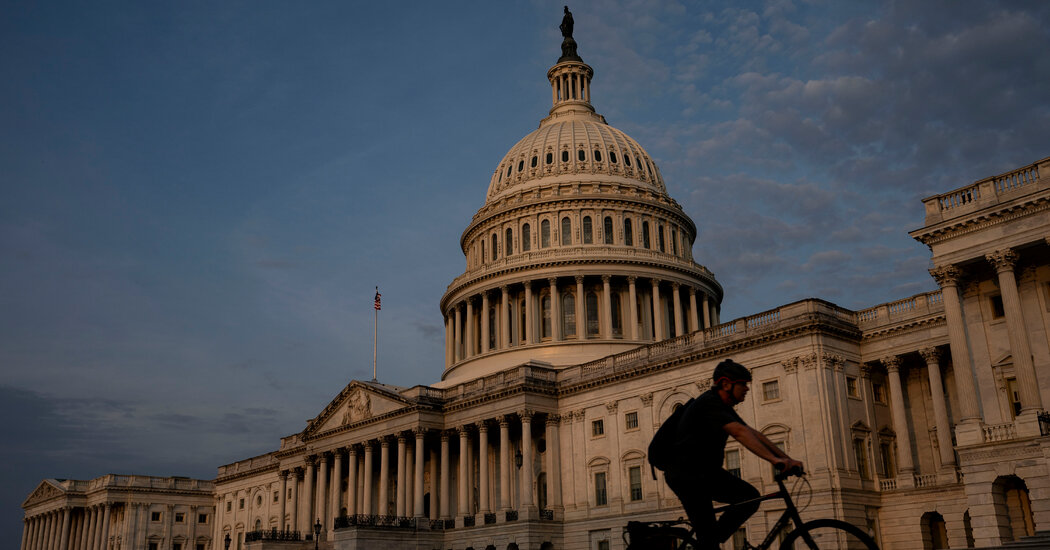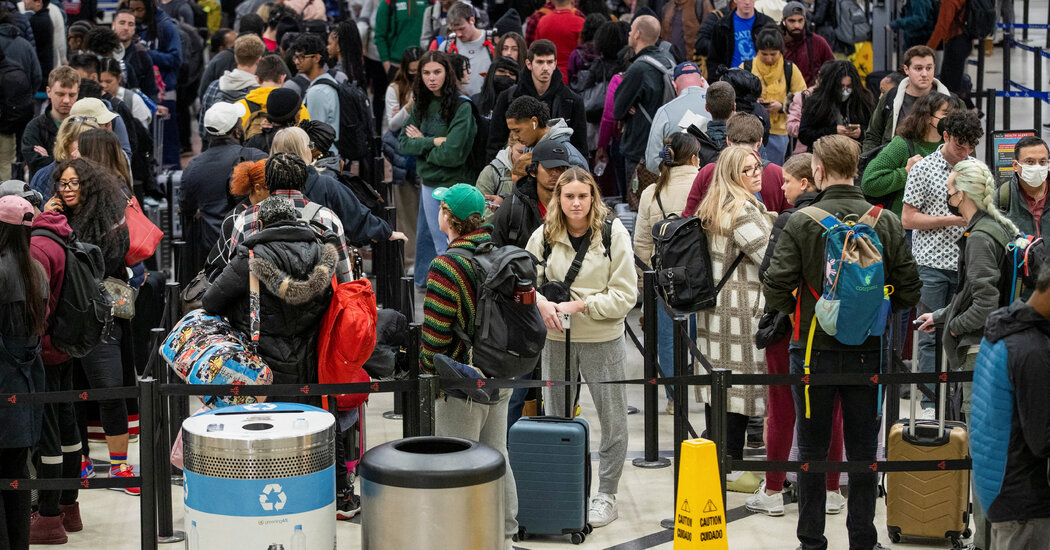Threat of OpenAI Staff Exodus Leaves Its Future Uncertain
The future of OpenAI hangs by a thread after more than 700 of its 770 employees signed a letter saying they may leave the company for Microsoft if the ousted chief executive, Sam Altman, was not reinstalled at the high-profile artificial intelligence start-up.
The four-person board that oversees the start-up shocked the tech industry early Friday afternoon when it removed Mr. Altman, saying they could no longer trust him. One of those four board members who voted to oust Mr. Altman then reversed course on Monday and signed the letter.
The decision capped off a frantic weekend of unexpected twists, turns and corporate jockeying that ended with Mr. Altman joining the tech giant Microsoft to start a new A.I. project. By early Monday morning, the 700 employees had signed the letter, according to three people familiar with the matter.
The upheaval leaves the future of one of the fastest-growing companies in Silicon Valley history in doubt. At a time when the industry was reeling in the wake of mass layoffs, OpenAI’s technology has fueled the creation and evolution of hundreds of start-ups that are driving job creation. Now, many of those businesses are concerned about their prospects.
“This is the debacle of the decade,” said Gaurav Oberoi, the founder of Lexion, a start-up that relies on OpenAI to help companies streamline legal, sales and vendor contracts. “It’s a lesson in how to destroy a huge amount of value overnight and their own reputation.”
OpenAI declined to comment. Emmett Shear, whom the board named as interim chief executive late on Sunday, declined to immediately comment because he was busy on another call.
In addition to Mr. Altman, several key OpenAI employees have already joined Microsoft’s new A.I. subsidiary. This includes Greg Brockman, the OpenAI president who quit the start-up in solidarity after Mr. Altman was ousted. Early Monday morning in a post to X, formerly known as Twitter, Mr. Brockman said that he and Mr. Altman would also be joined at Microsoft by three OpenAI researchers: Jakub Pachocki, Szymon Sidor and Aleksander Madry.
Mr. Pachocki led the development of GPT-4, the technology that underpins OpenAI’s popular chatbot, ChatGPT. He has long worked closely with Mr. Brockman, an engineer who helped found OpenAI in 2015 alongside Mr. Altman and has been deeply involved in almost all aspects of the company’s operations from its earliest days.
Now, the more than 700 OpenAI employees who signed the letter may also join this core team at Microsoft. In a remarkable reversal, this includes the OpenAI chief scientist, Ilya Sutskever, who was part of the board that ousted Mr. Altman. “I never intended to harm OpenAI,” he said on X. “I love everything we’ve built together and I will do everything I can to reunite the company.” (Mr. Altman reposted the message and added three red hearts.)
The letter said that Microsoft had assured OpenAI employees that there were positions for them all if they chose to join its new A.I. subsidiary.
Internally, OpenAI staff members were in upheaval in the hours after the board posted its memo and late into the evening, two OpenAI employees told The New York Times. Workers were privately sharing morbid jokes and memes about the power struggles from the HBO show “Succession,” the employees said. Many used private group messaging chats and video calls to plan their next steps — and to commiserate with one another.
OpenAI stills retain its own partnership with Microsoft. Satya Nadella, Microsoft’s chief executive, said in an early Monday post to X that his company remained committed to the partnership. He indicated that Microsoft would continue to work with the start-up to sell a wide range of products and services based on GPT-4 and other OpenAI technologies.
But if most OpenAI employees leave for Microsoft, the start-up will have difficulty building the next generation of A.I. technologies — systems that will be more powerful than ChatGPT. Others companies, including Google and Meta, are working on such technologies.
Mr. Oberoi of Lexion said that his company had been using OpenAI’s large language models, or L.L.M.s, to develop new features because its A.I. technologies are more advanced than any others in the market. But in the wake of this weekend’s turmoil, he said that Lexion will be developing parallel features with Anthropic, an OpenAI rival, so that the company “can switch quickly if need be.”
“This underscores a big discussion happening: Are you going to build your technology and platforms and key features on third party L.L.M.s?” Mr. Oberoi said. “As a builder on top of their products, I worry if there will be any other sudden decisions that could impact our models. Also, it’s really expensive.”


